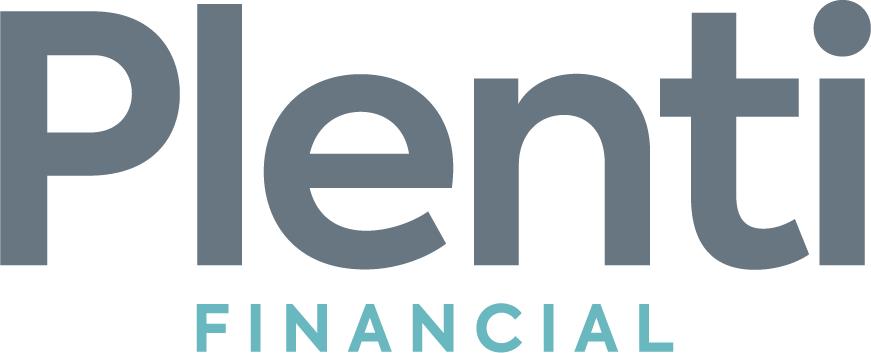The pre-approval process for a real estate investment mortgage is document-heavy. However, the Plenti Exchange Portal makes this process automatic and simple for those using a loan for a 1031 Exchange. Here, we will delineate for kinds of documentation you need to get pre-approval for a loan with the most favorable terms:
- Business documentation
- Collateral documentation
- Tax returns
- Profit and loss statement
Business Documentation
Ensure that you have this accurate and certified business information to supply to your mortgage broker when applying for a loan. These include:
- Promisory note
- Non-recourse obligations
- Deed of trust
- Assignment of leases and rents
- Security agreement
- UCC-1 Financing Statement
- Guaranty
- Environmental indemnity
Read more about business documentation.
Collateral Documentation
When applying for an investment property mortgage, the more attention you can give to refining your collateral documentation, the more likely you are to receive loan offers that have more favorable terms toward the lender. These include:
- Collateral
- Guaranties
- Business Loan Agreements
- Subordination Agreements
Read more about collateral documentation.
Tax Returns
Collect at least 3 years of tax returns (personal and business) in order to establish a record of IRS compliance and financial responsibility in order to improve the terms of the Qualified Mortgage for which you are approved. On your tax returns, loan officers most often look at:
- Debt-to-Income Ratio (DTI)
- Income Stability
- Available Collateral
Read more about tax returns here.
Profit and Loss Statement
Consolidate your property’s revenue and expense records for your lender into a profit and loss report as proof of management competence in order to lower your perceived liability. A profit and loss statement should include:
- Gross Rental Income, Operating Expenses, and Operating Income
- Land and Structure Depreciation
- Taxes and P&L Reporting
Read more about profit and loss statements here.
Conclusion
When you have assembled the necessary documentation outlined in these resources, you will be equipped to get loan opportunities that better facilitate, ensure, and maximize exchange profitability. Schedule a consultation with our loans specialist to discover what options work best for your portfolio.


